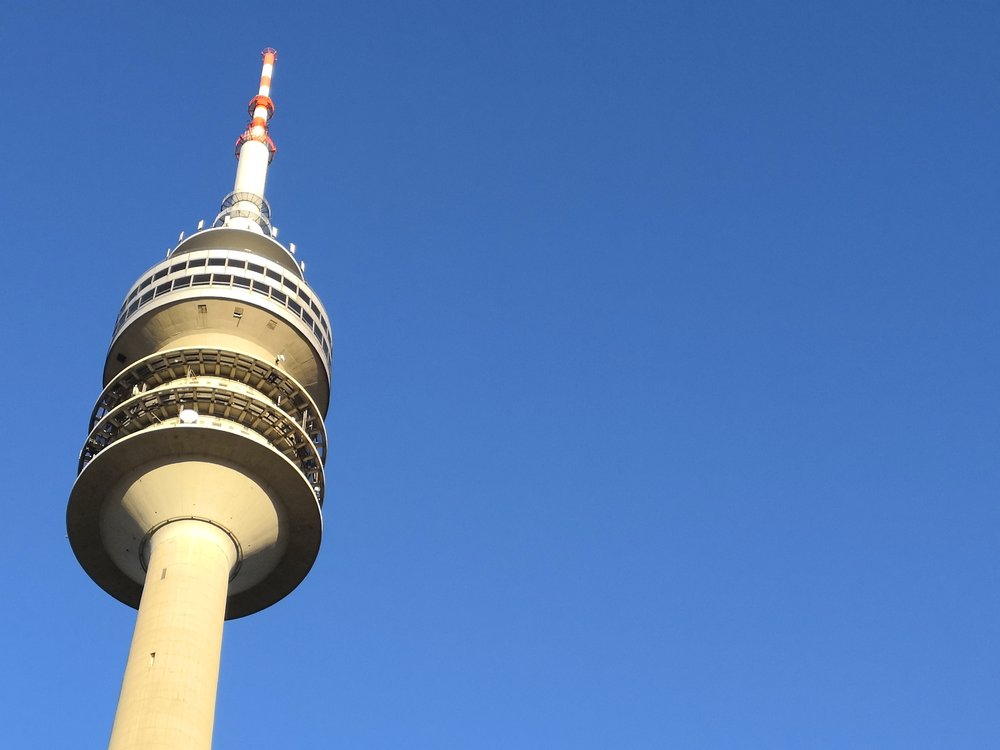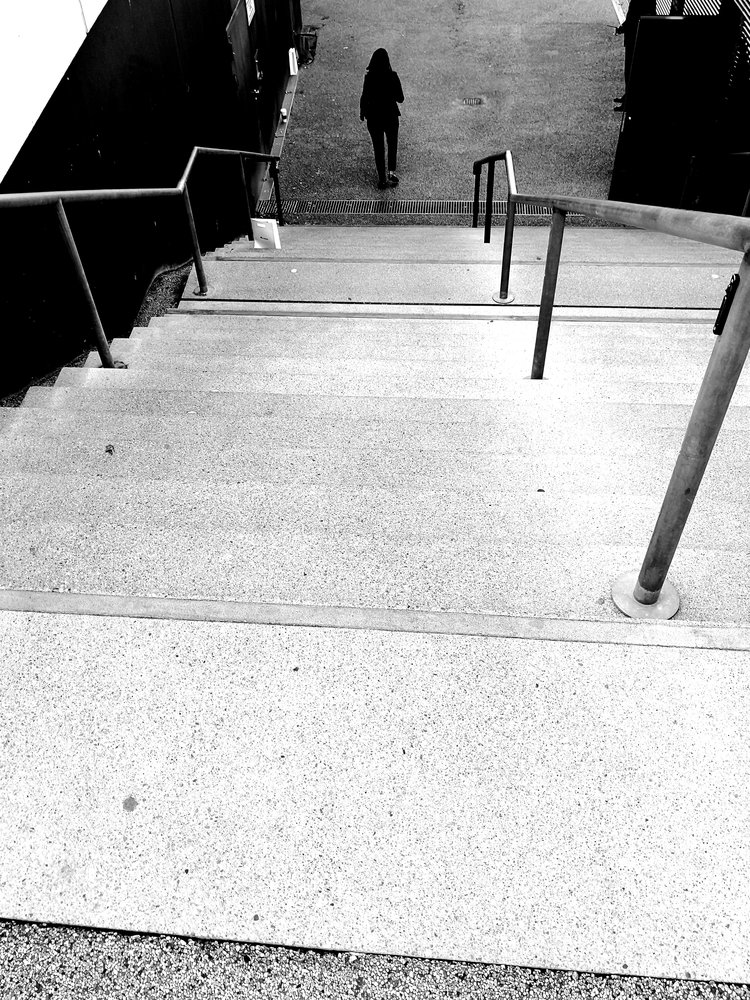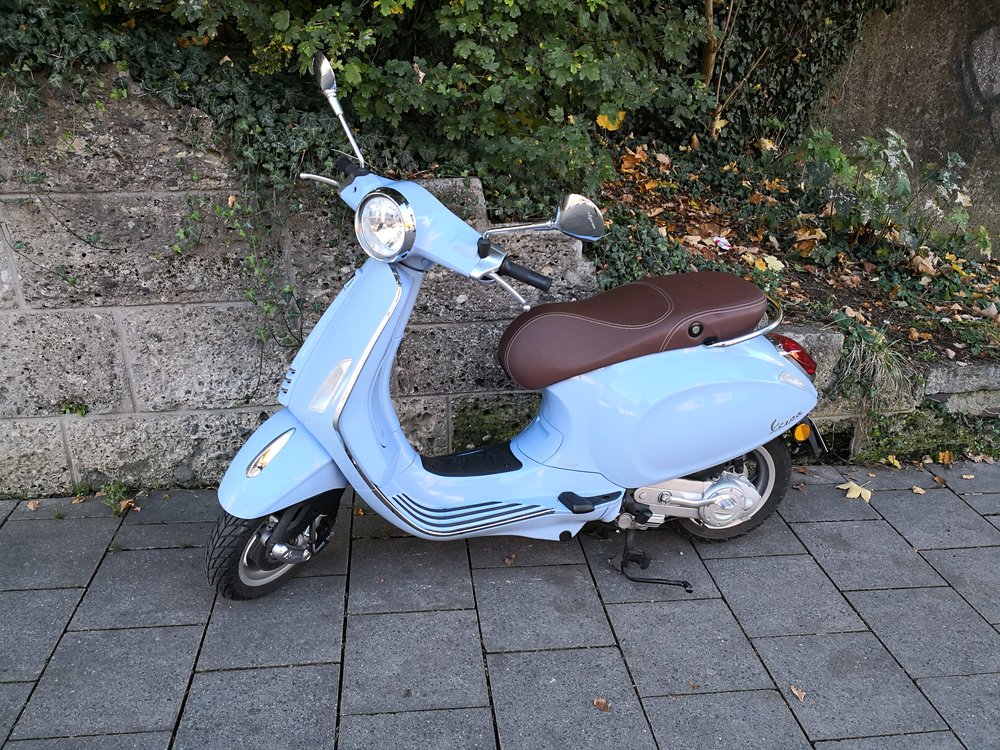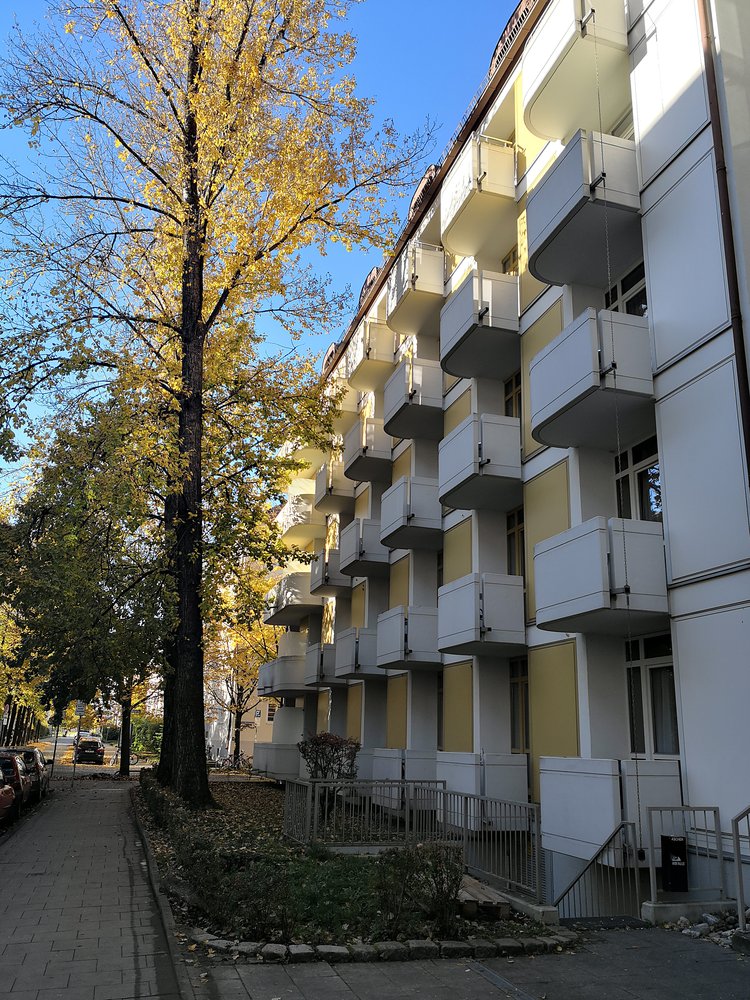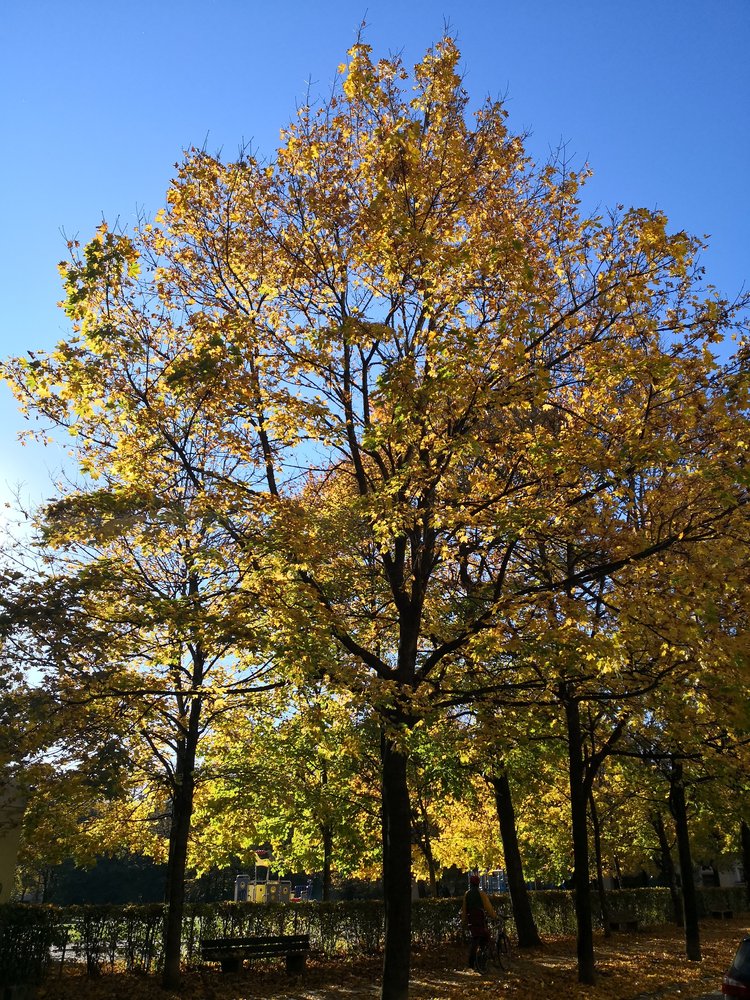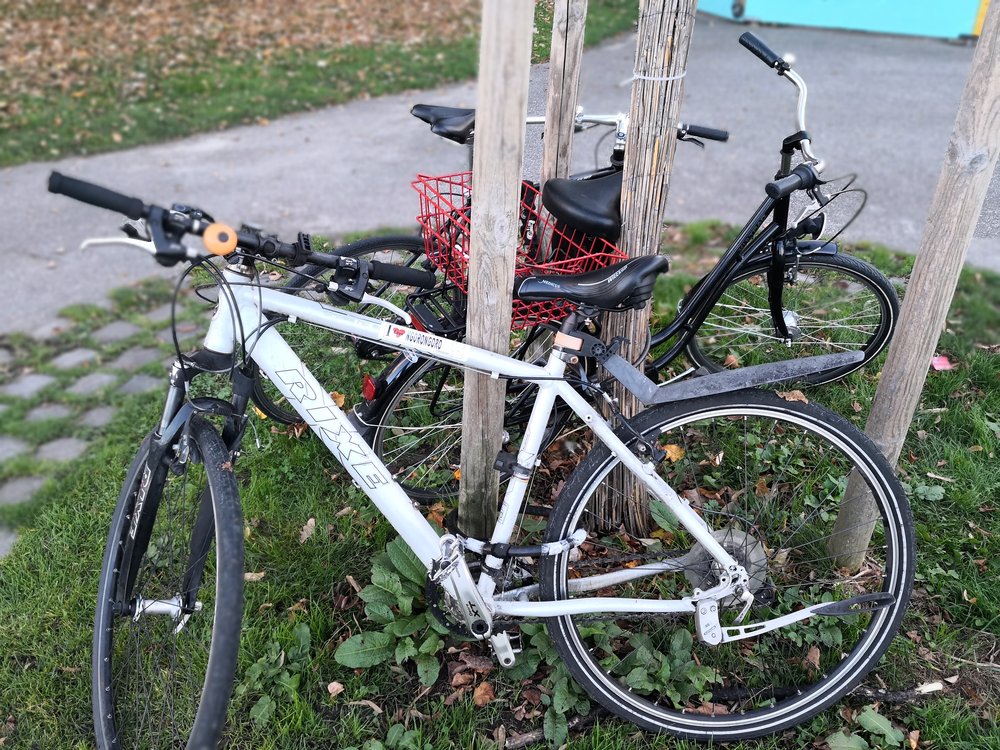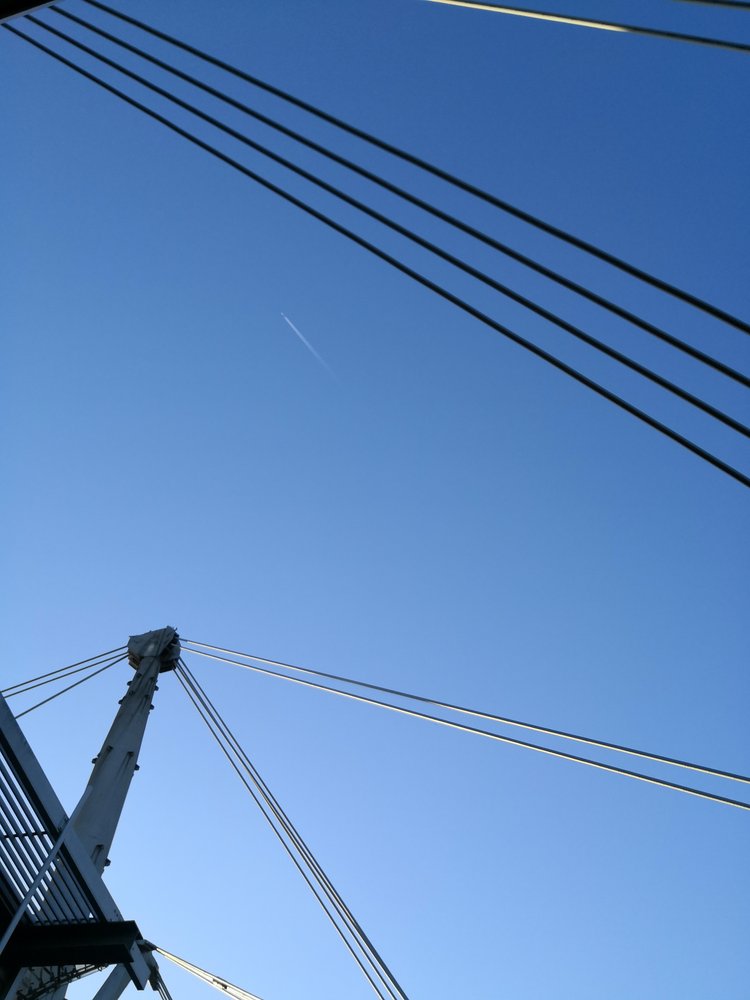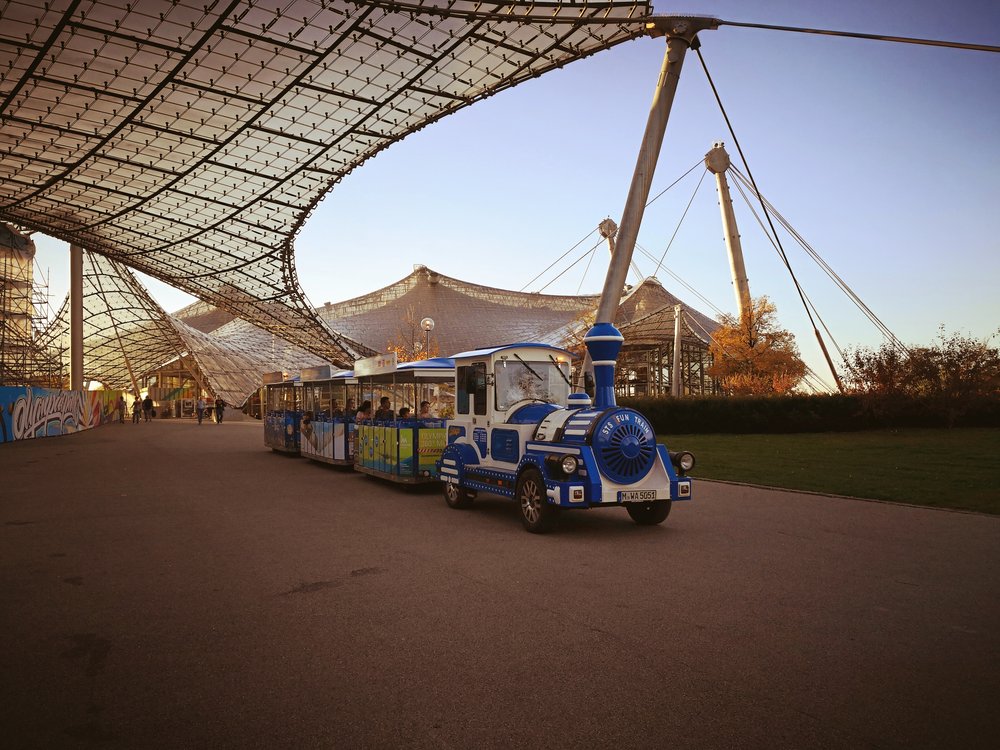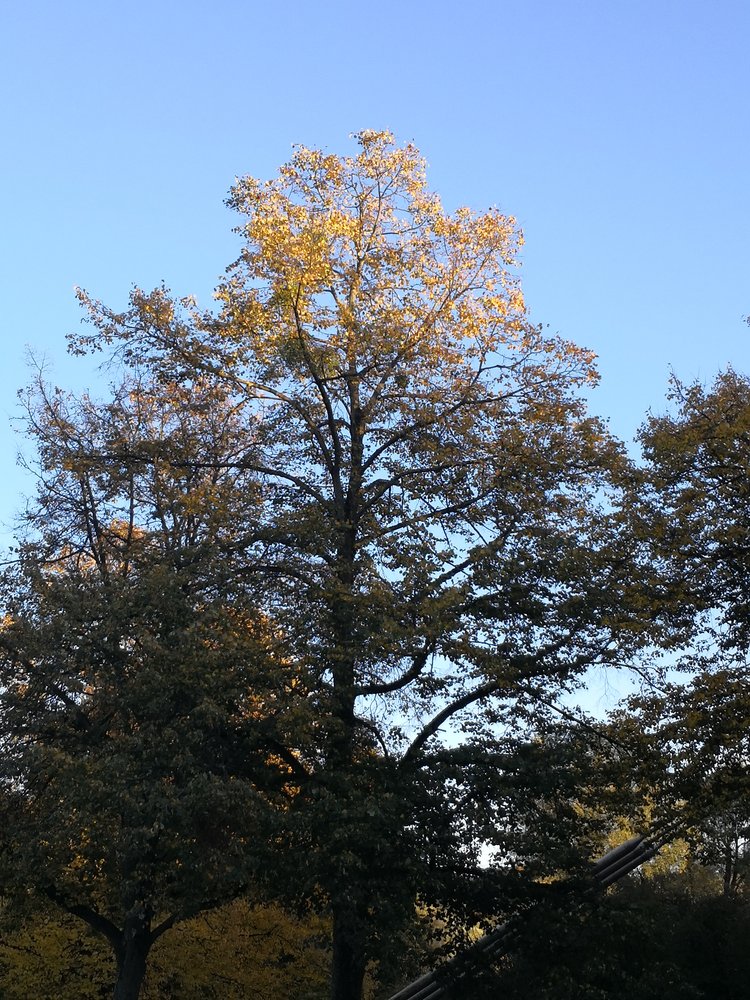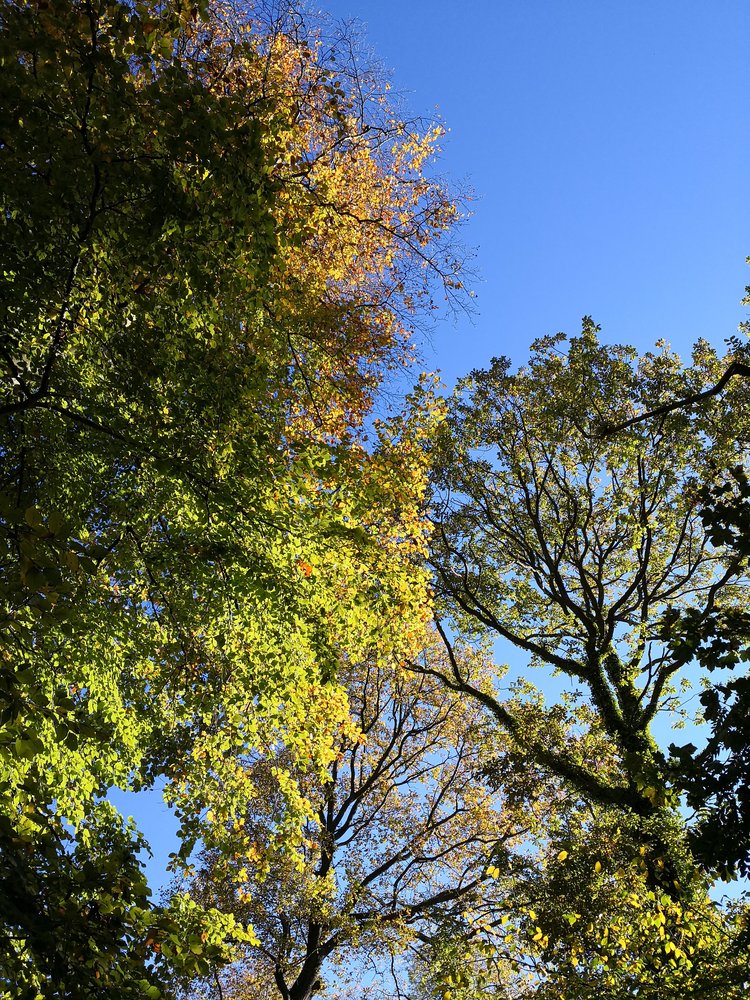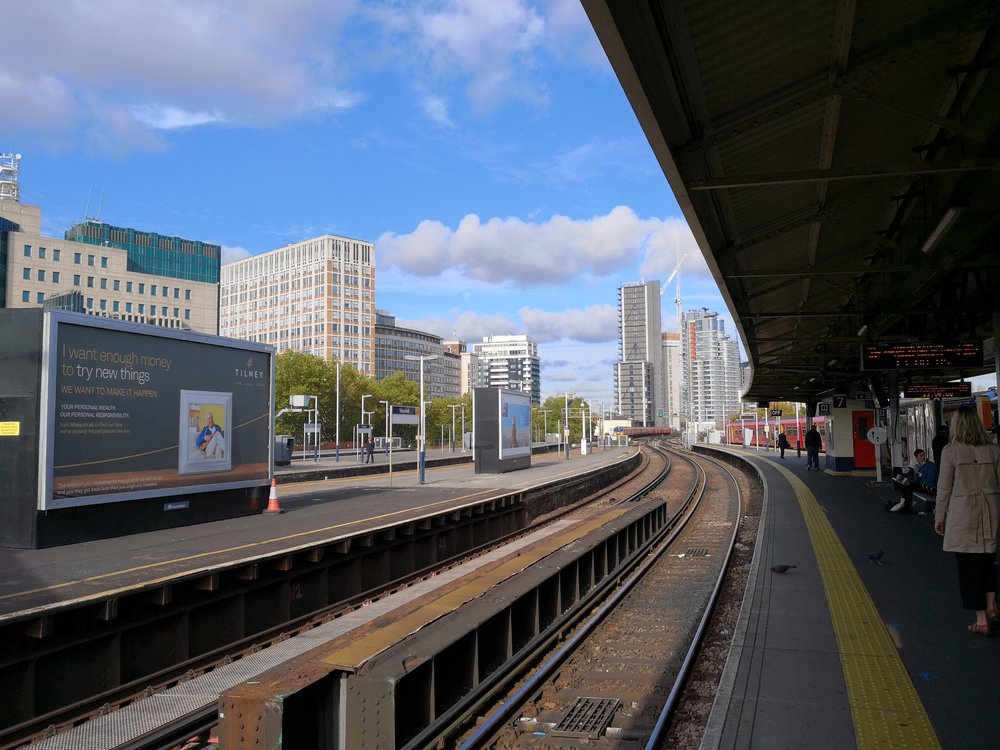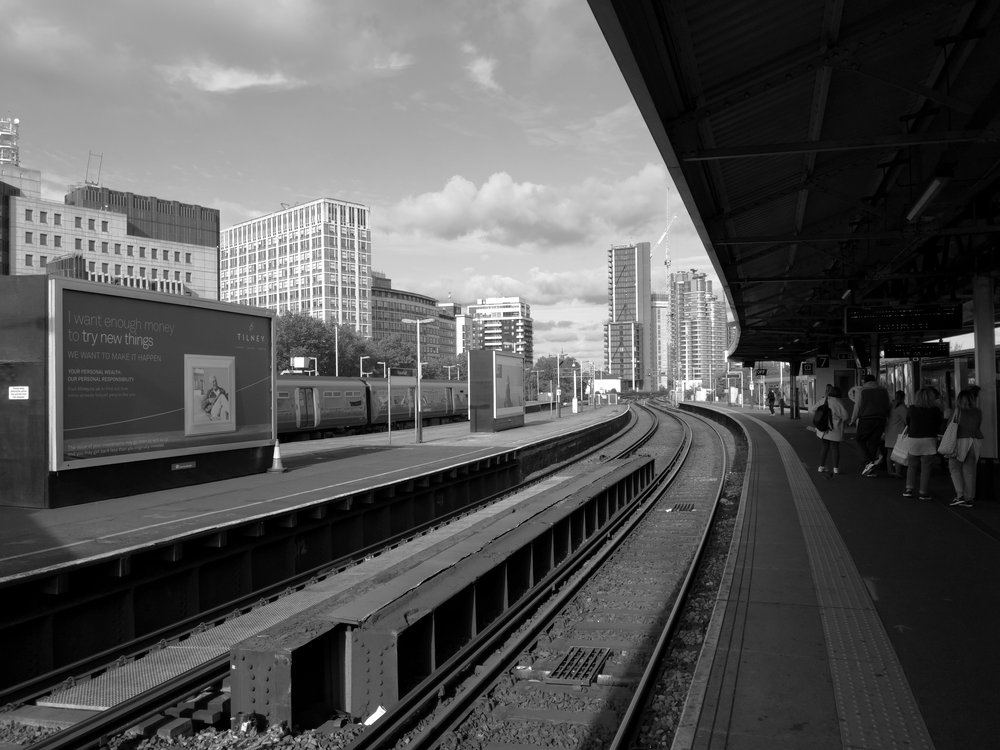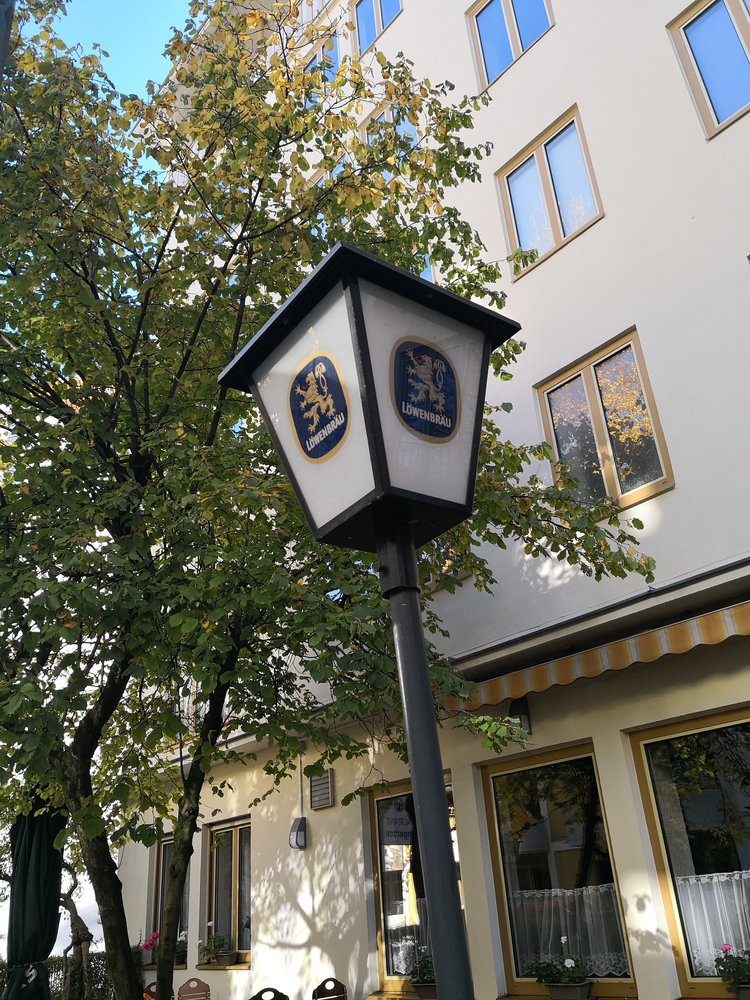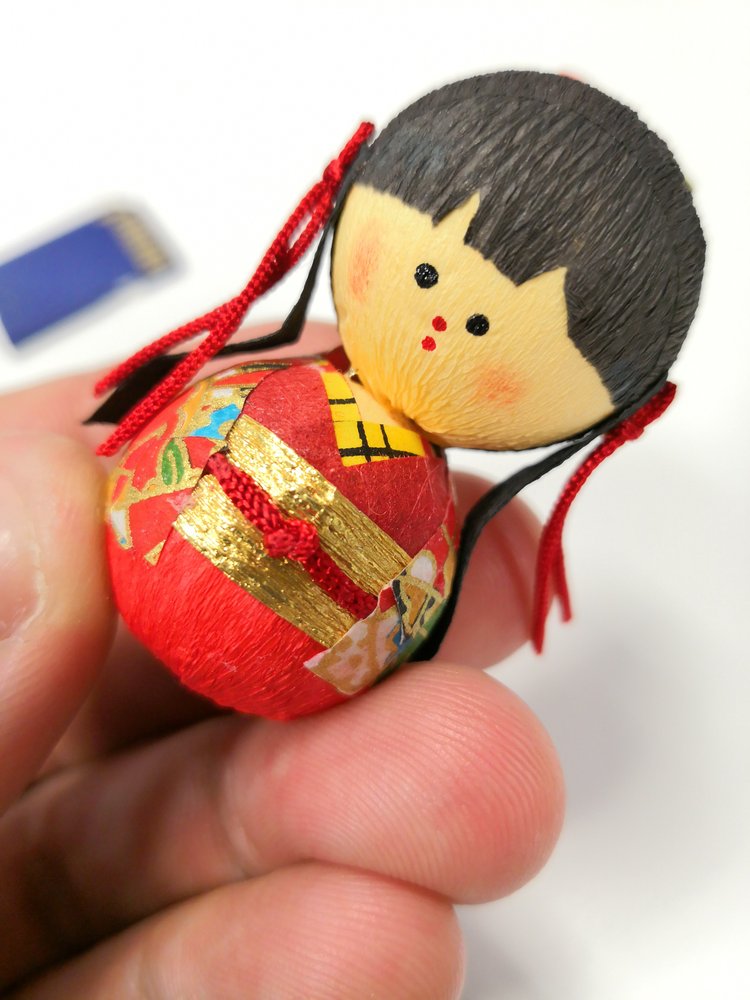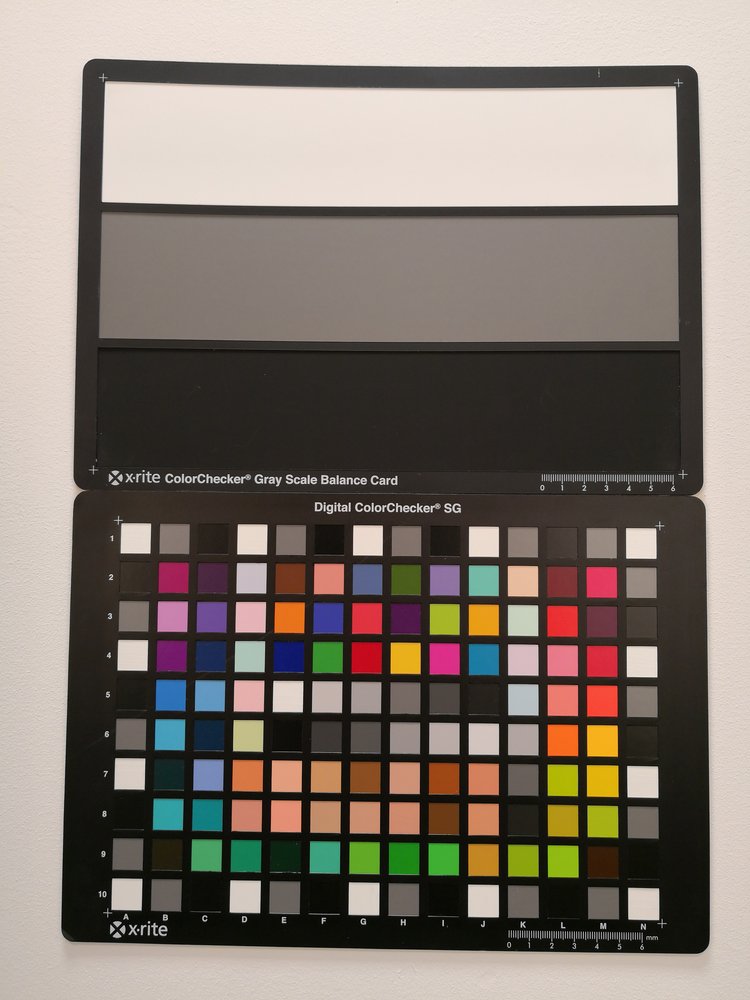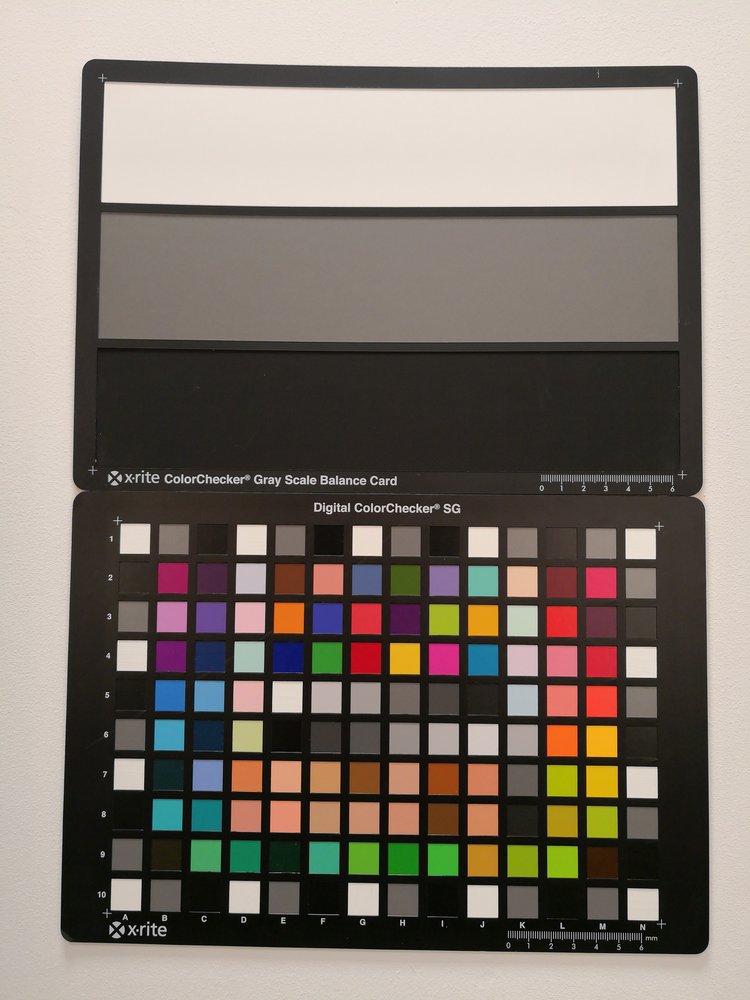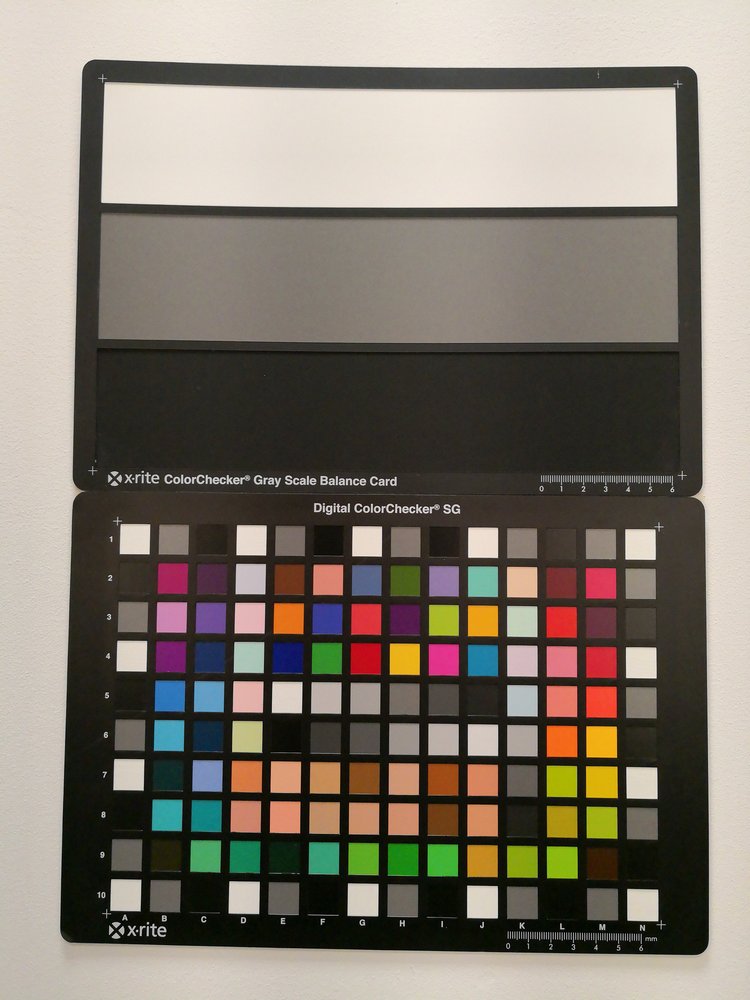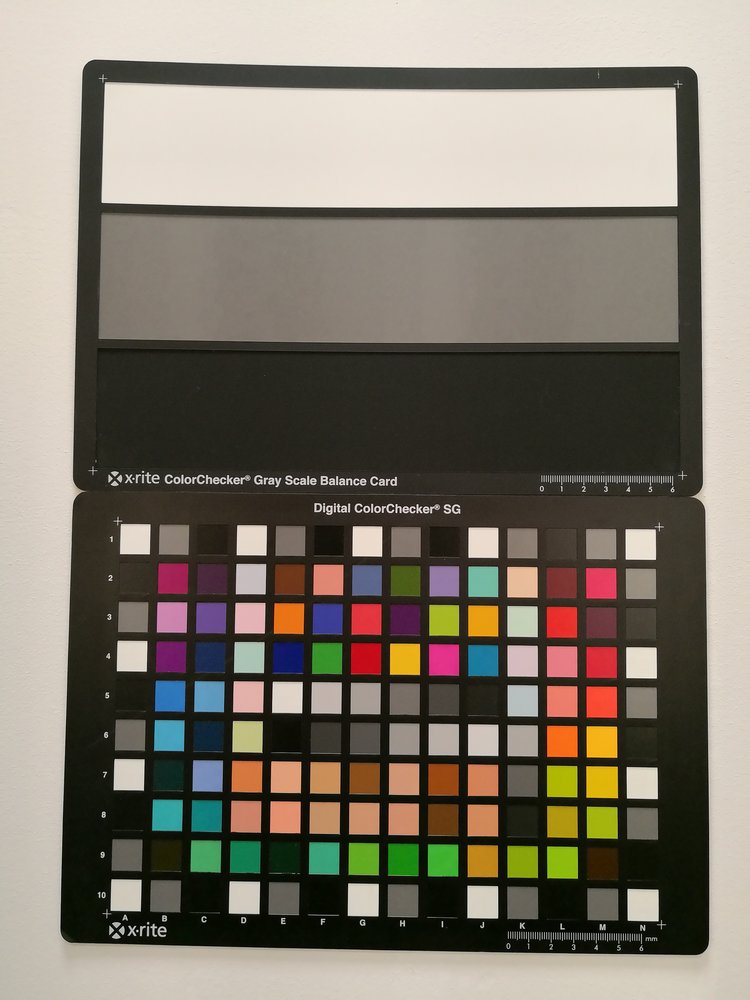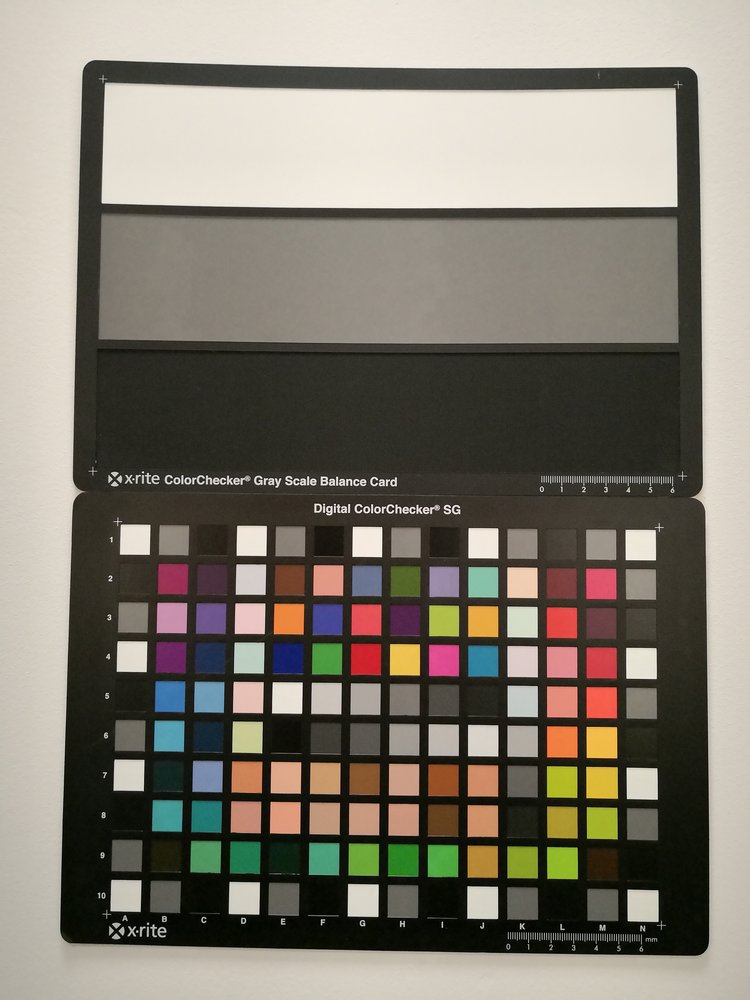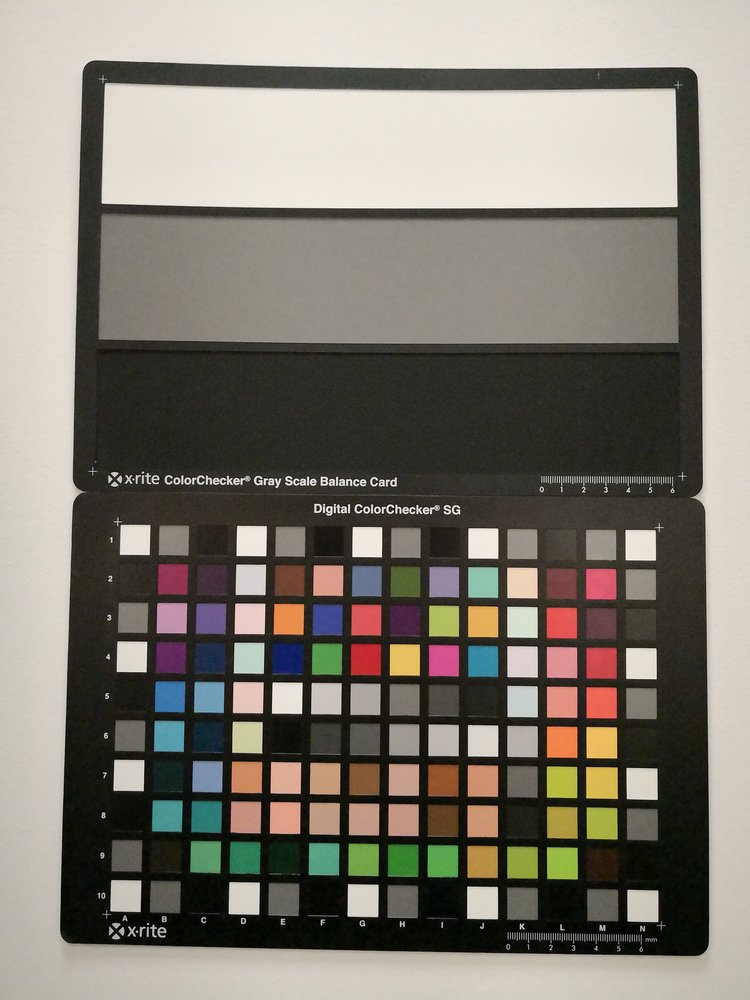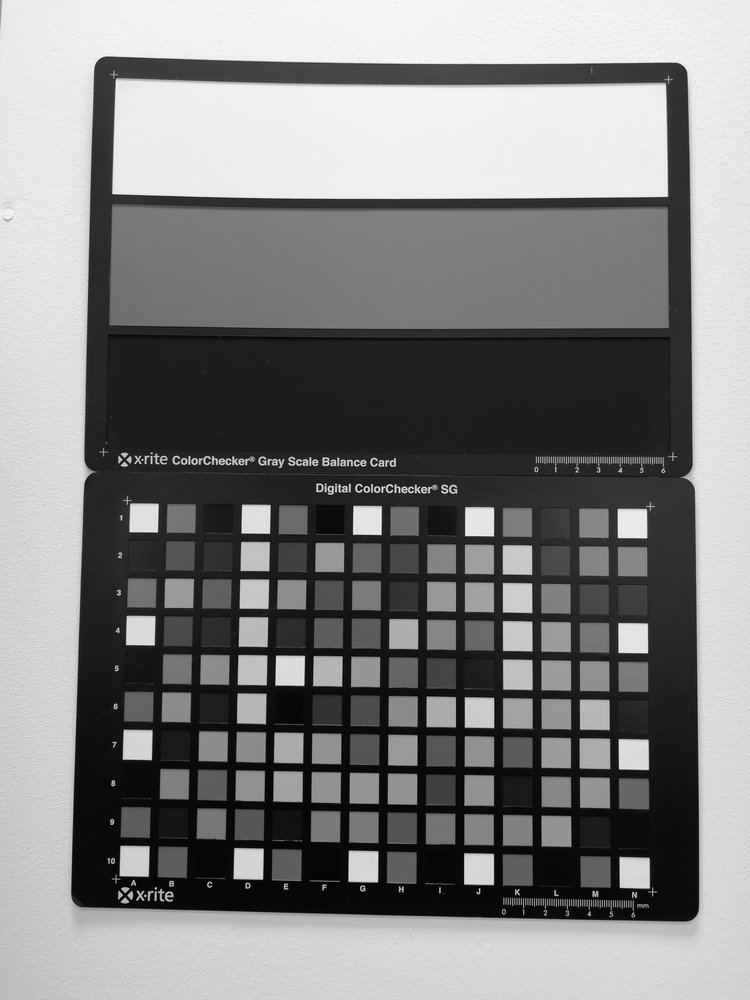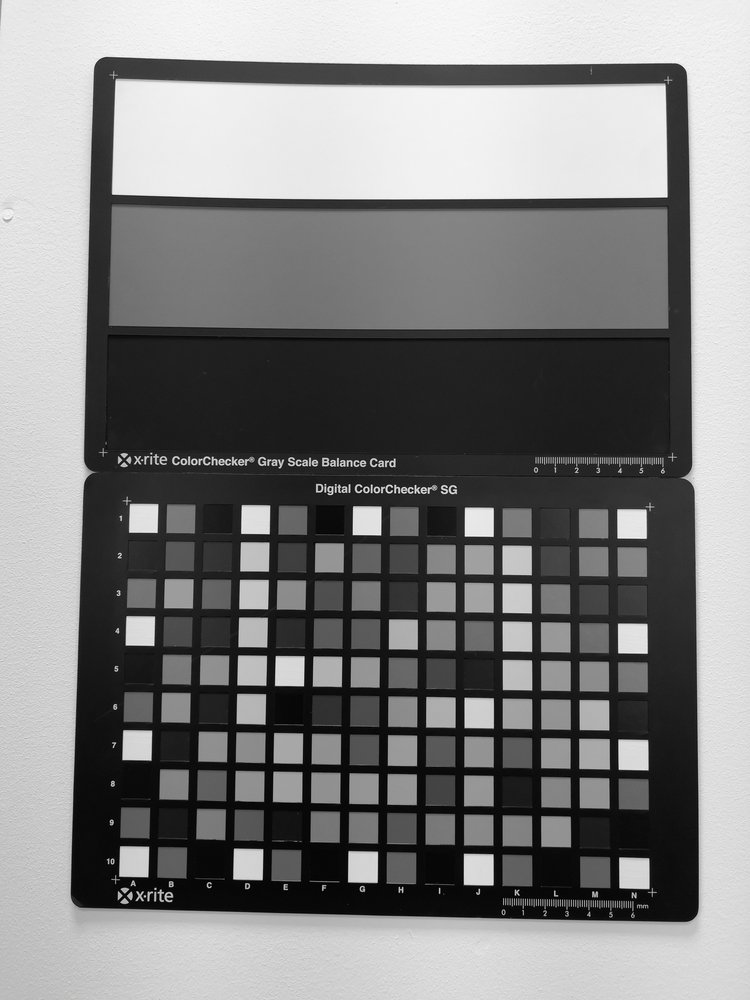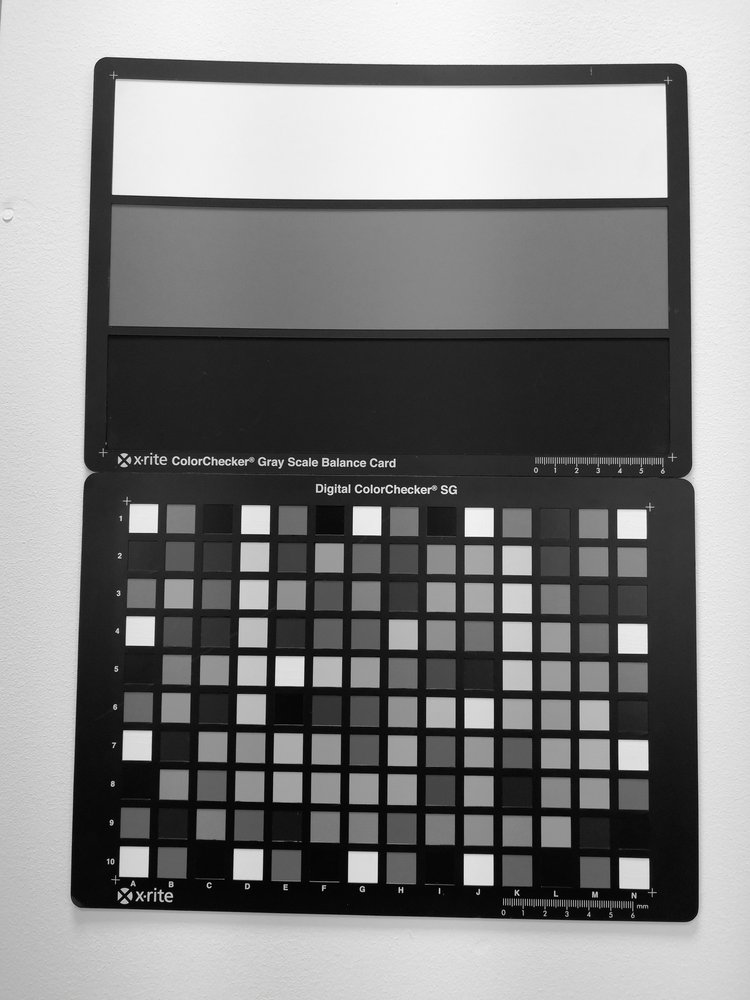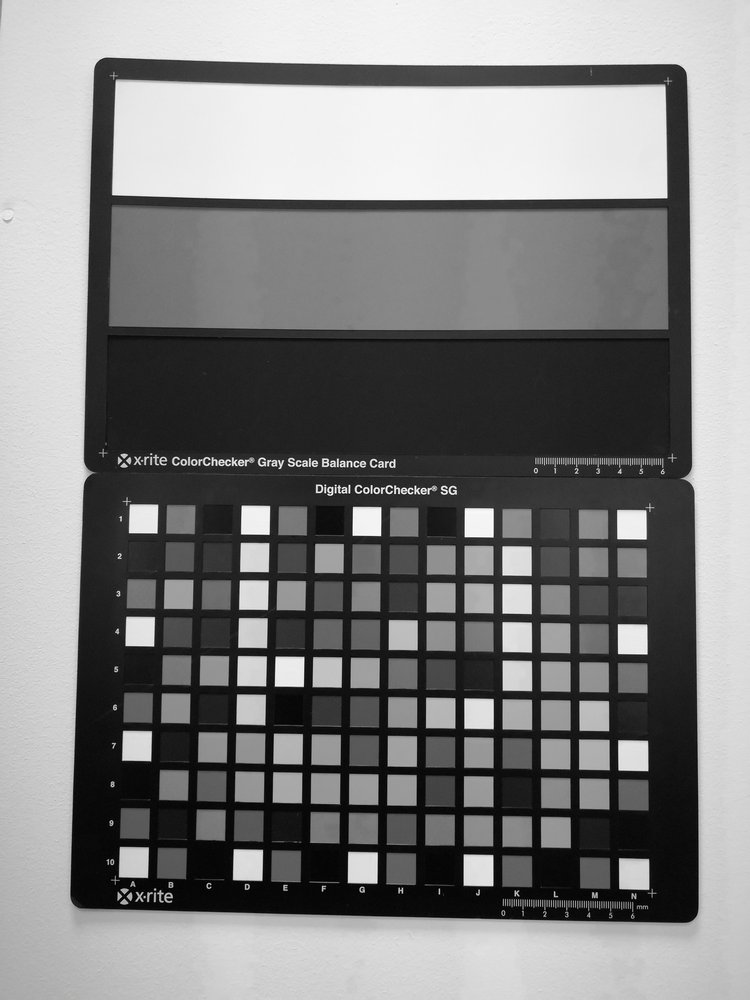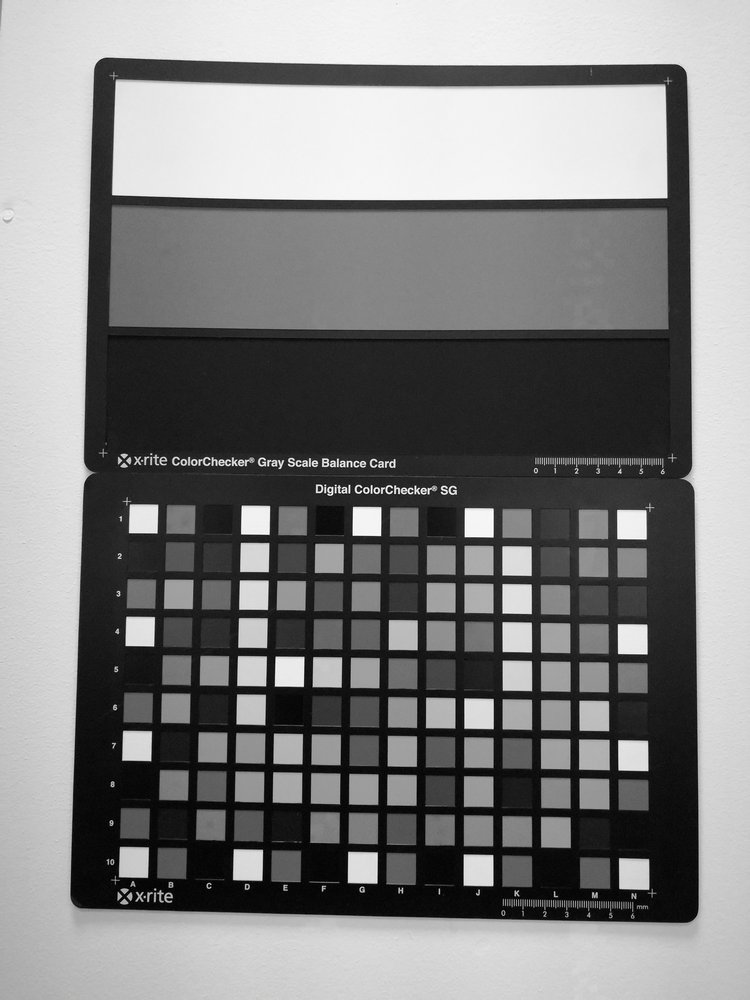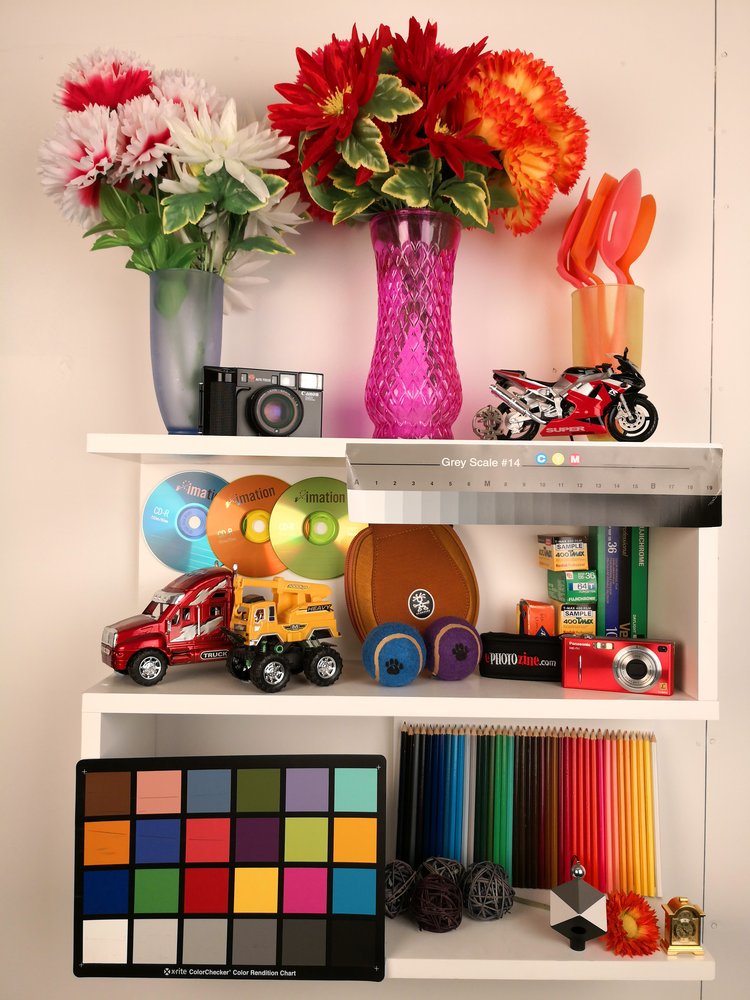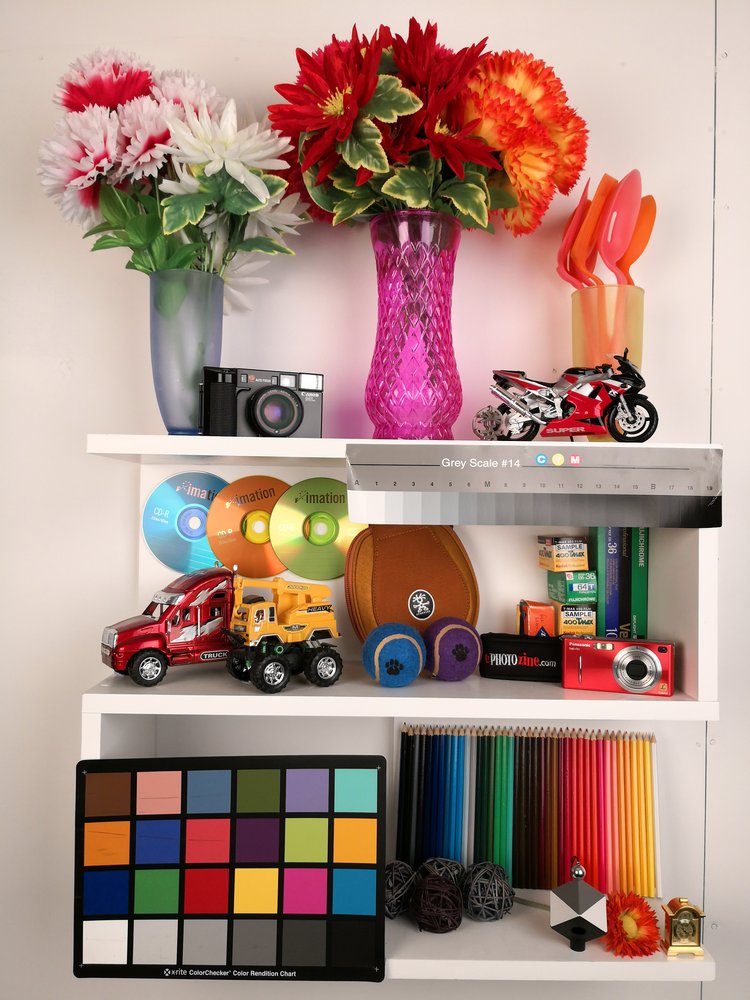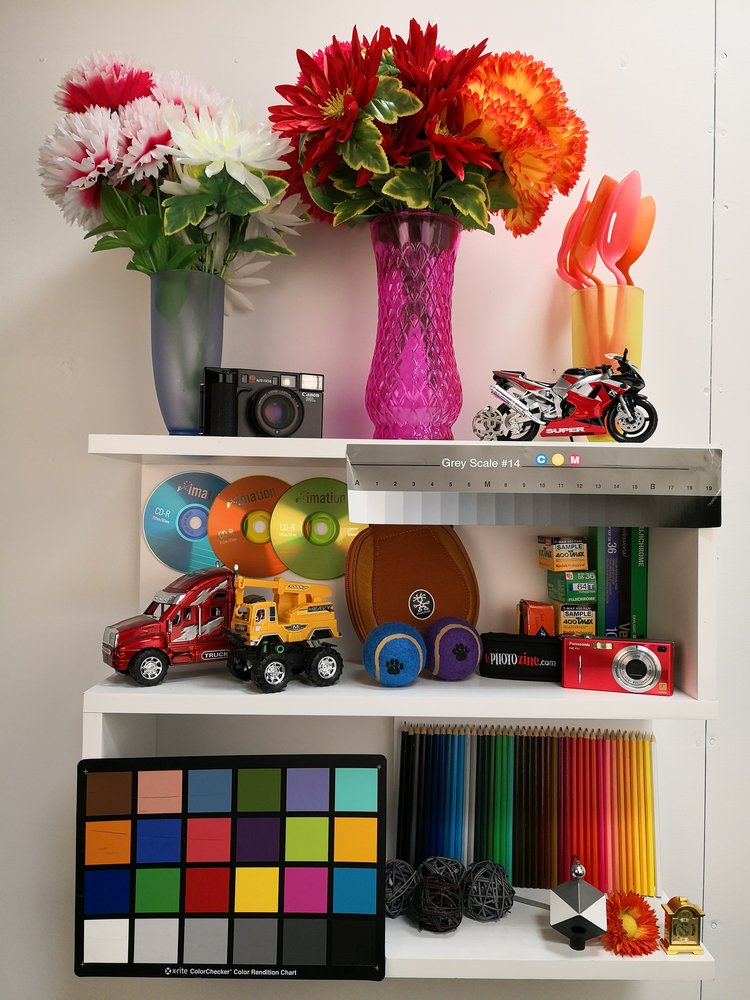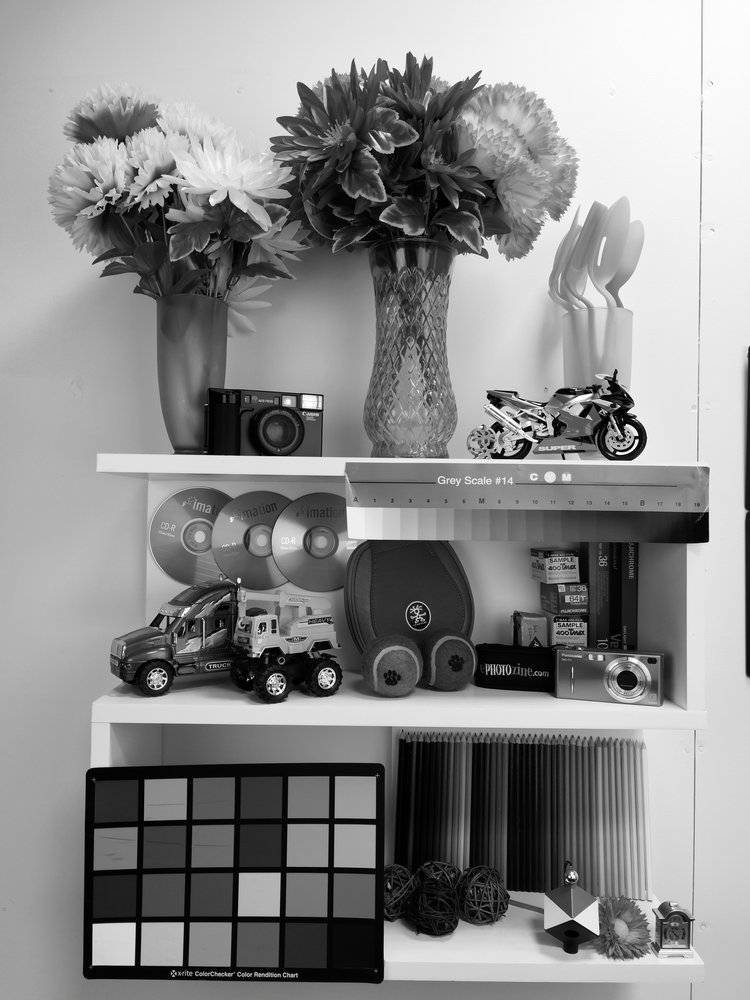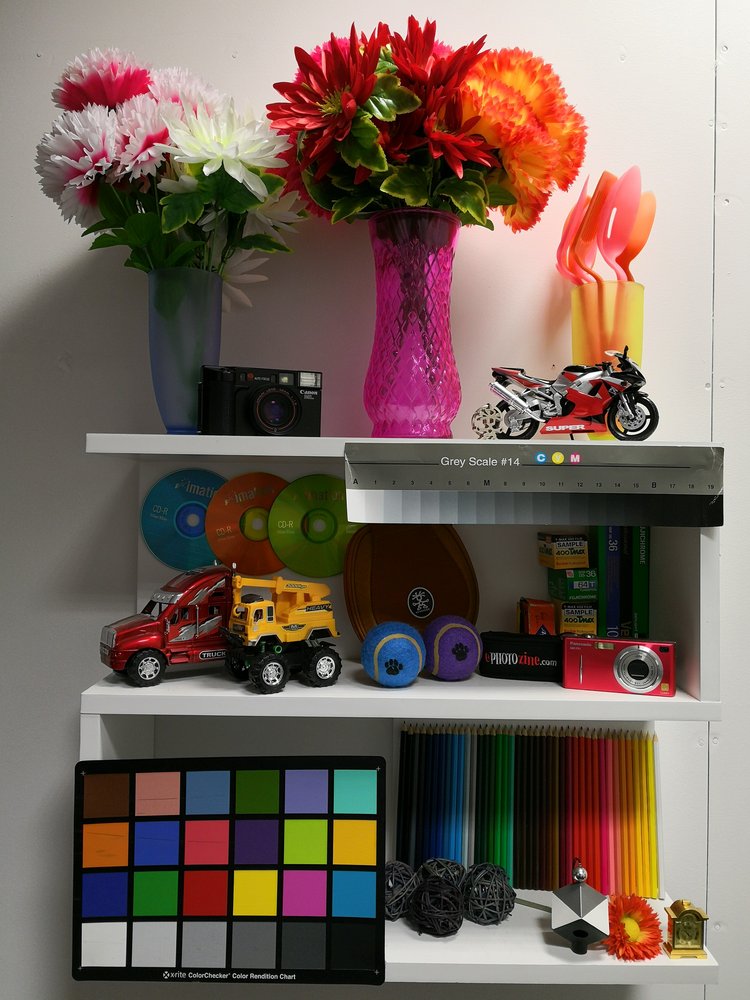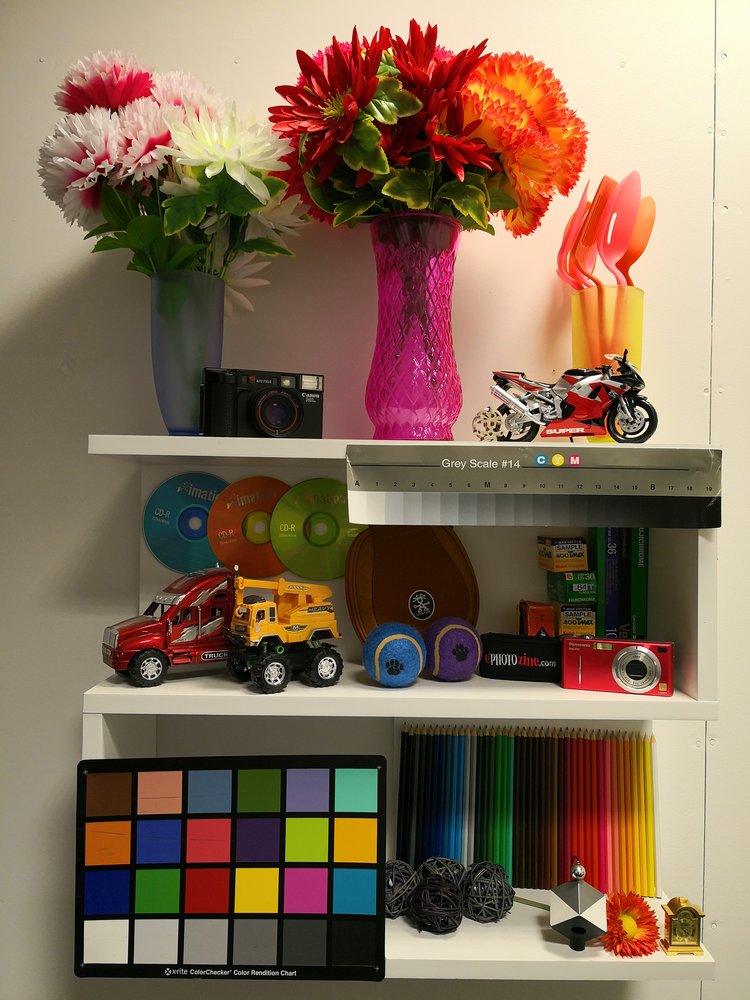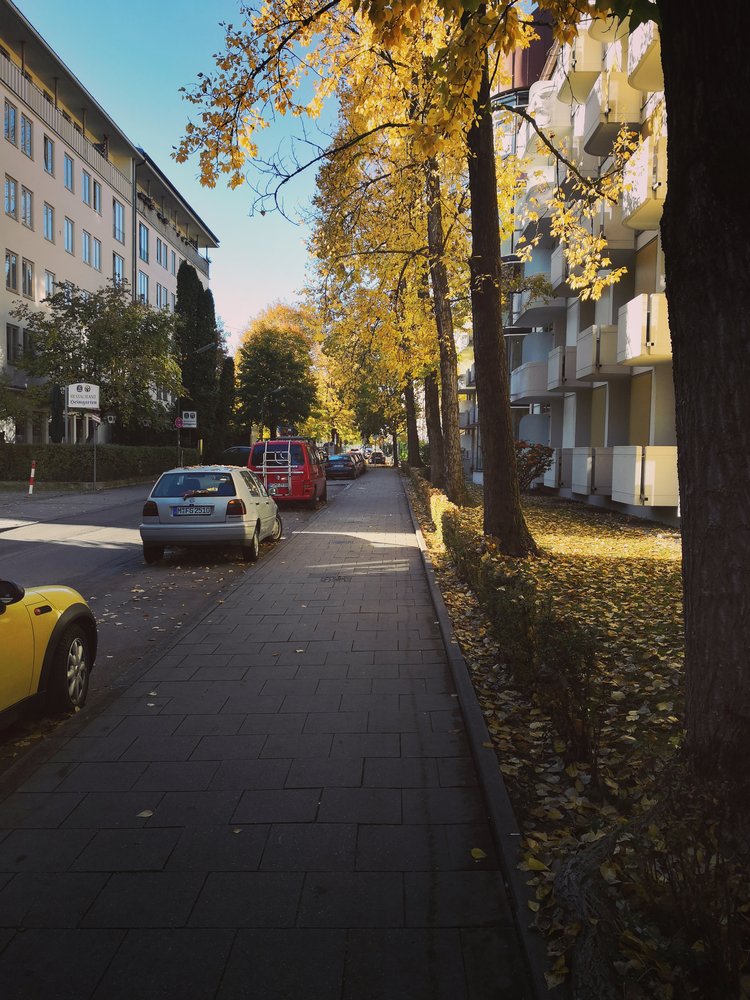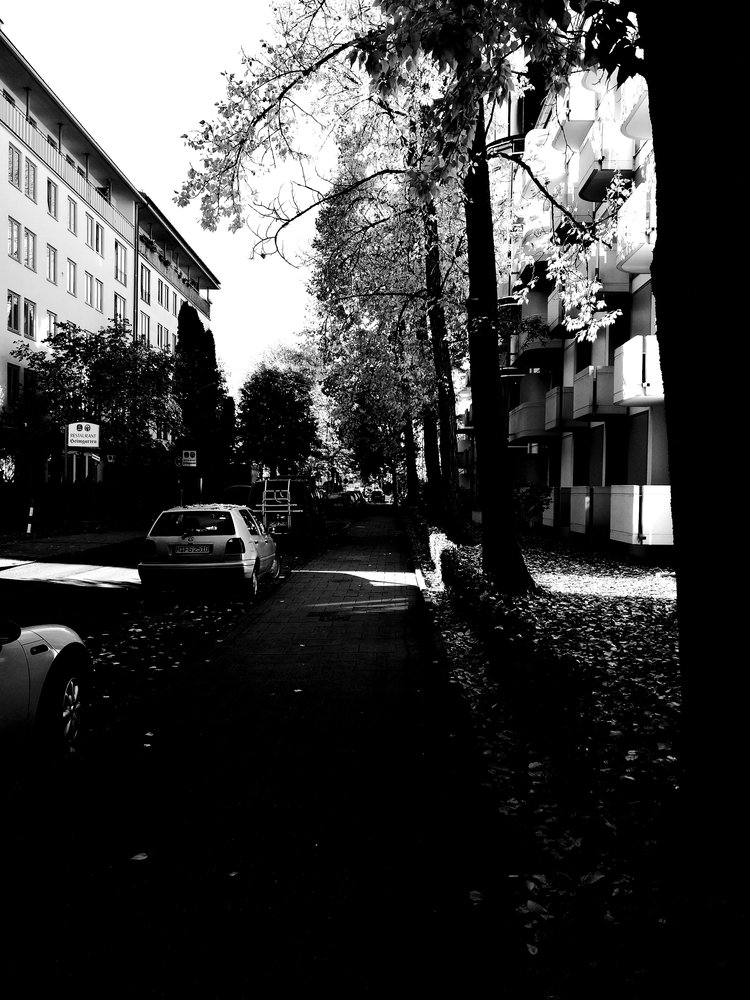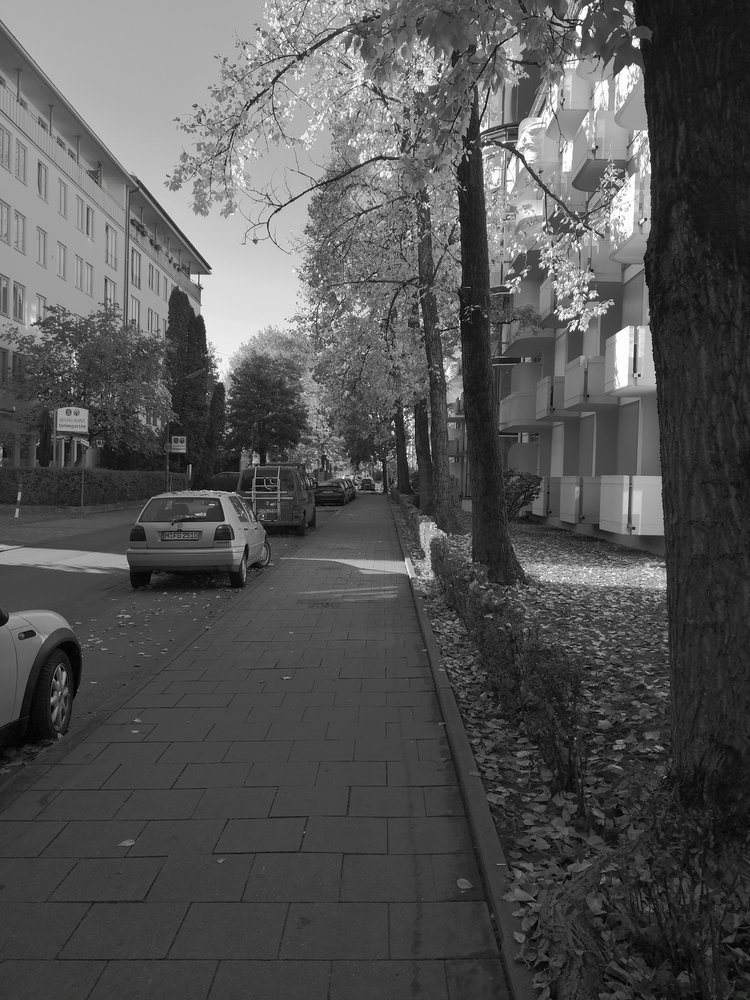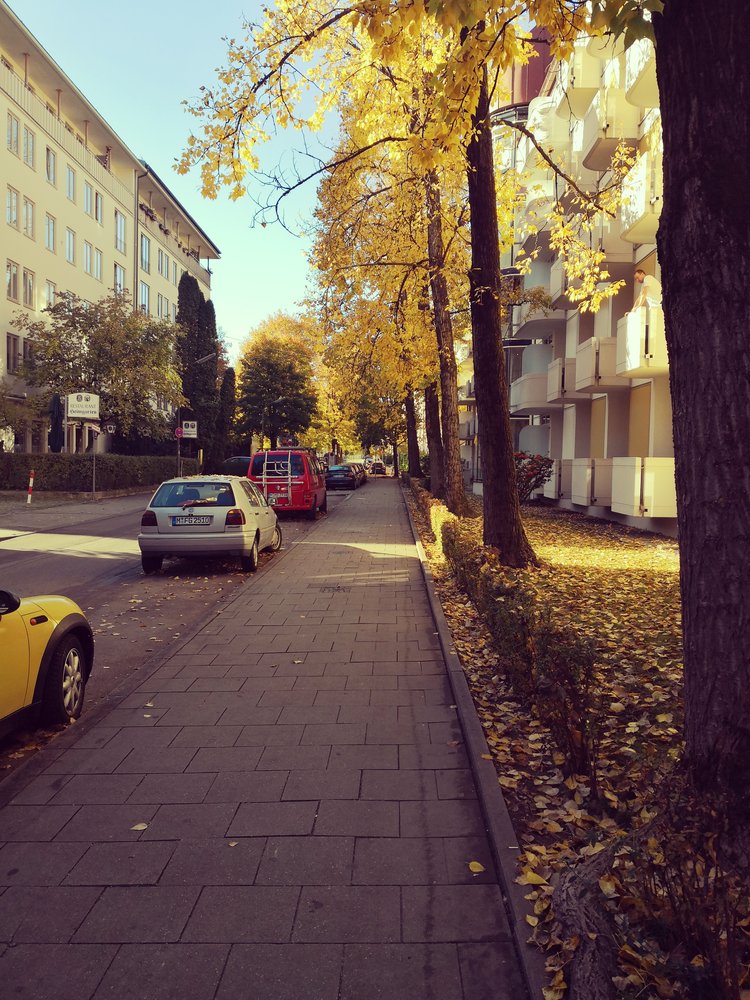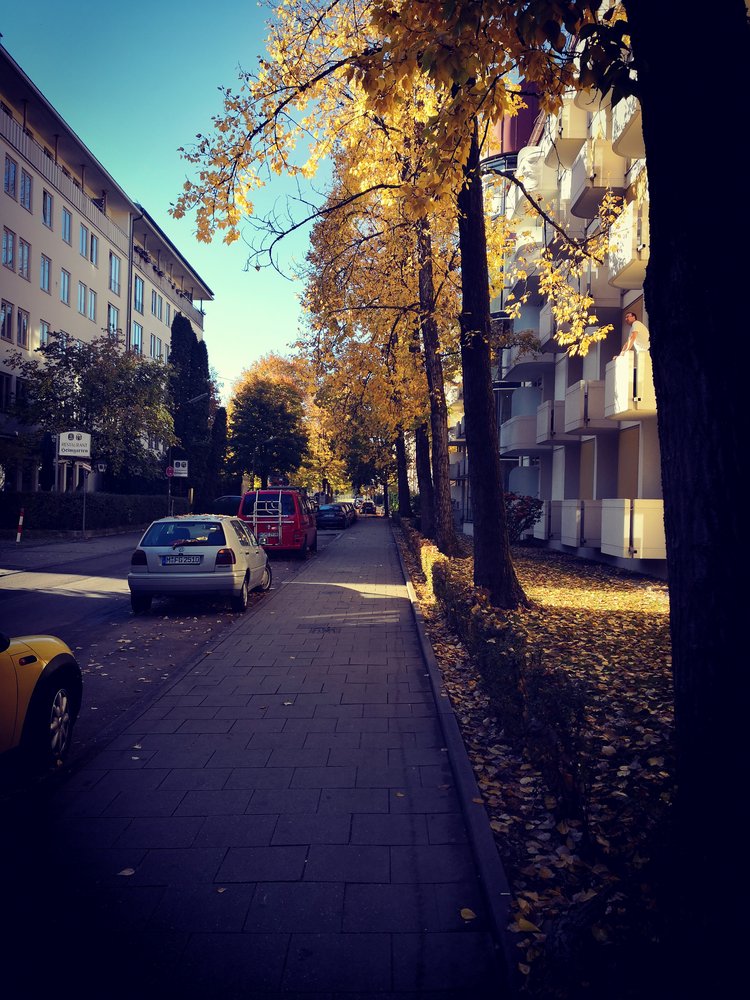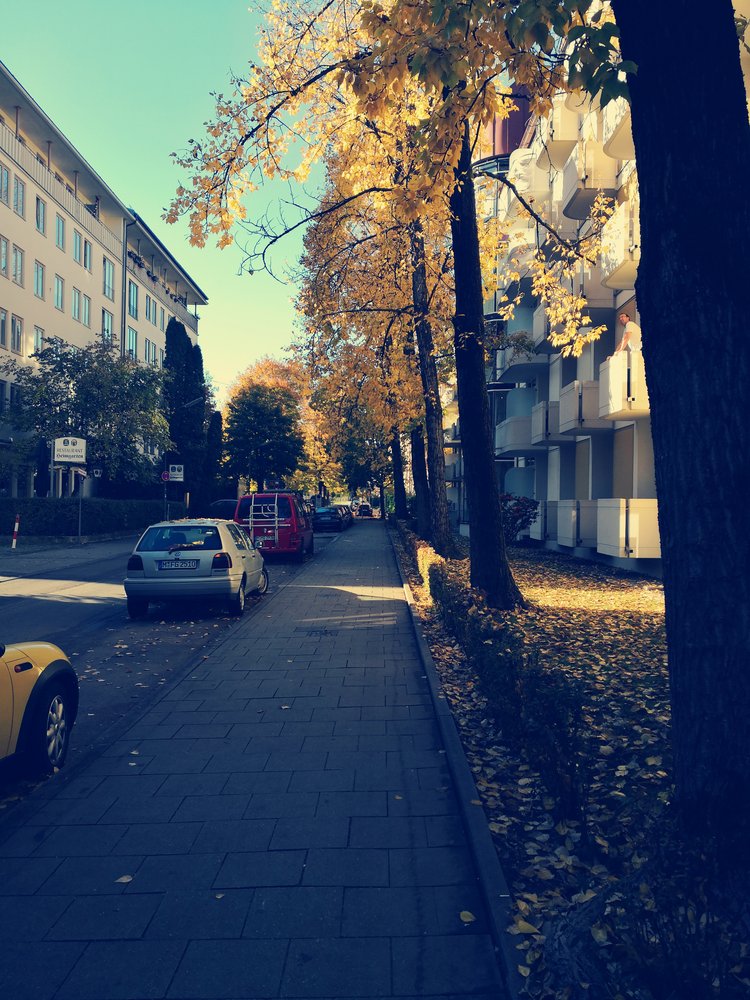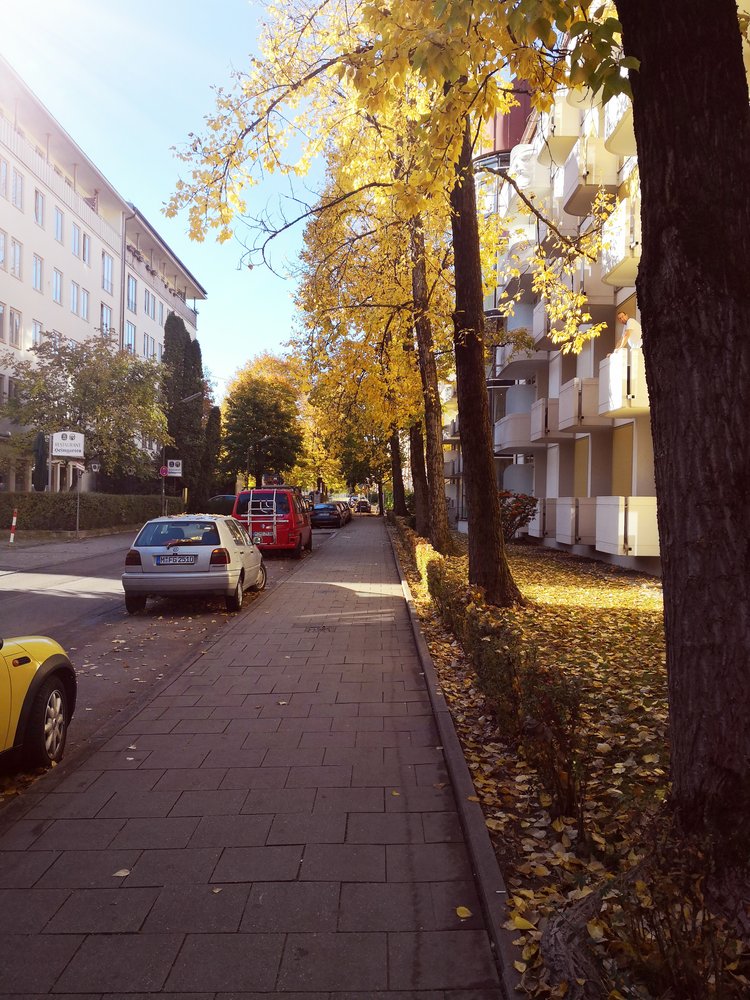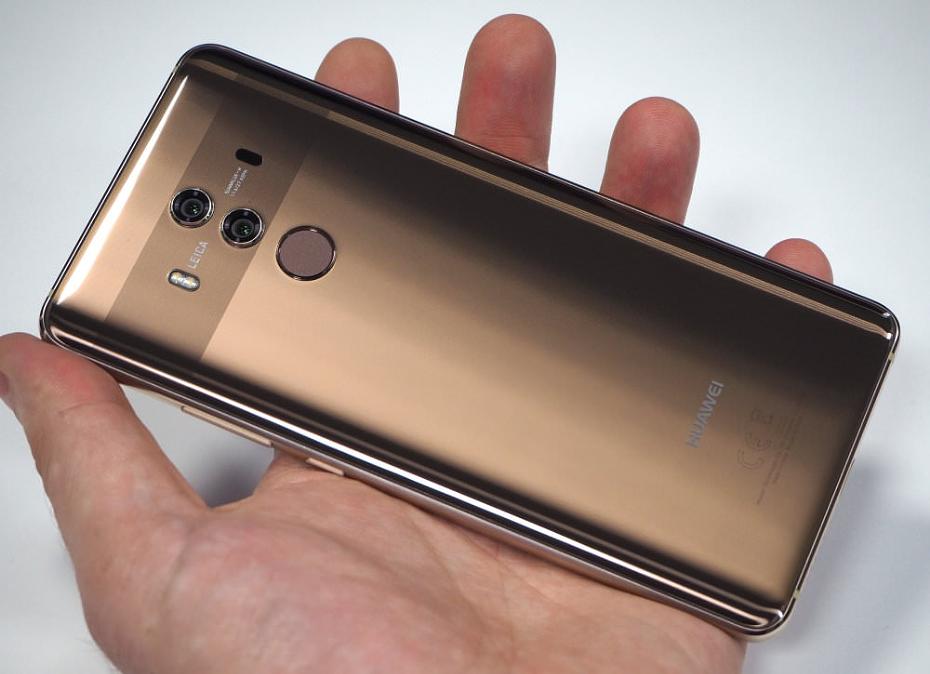
The Huawei Mate 10 Pro is Huawei's top of the range flagship smartphone, not only does it feature dual Leica f/1.6 cameras with colour and black and white sensors, but also features a top of the range processor, that includes a "Neural Processing Unit" designed to speed up "Artificial Intelligence" (AI), for both smartphone and camera features.
Huawei Mate 10 Pro Features
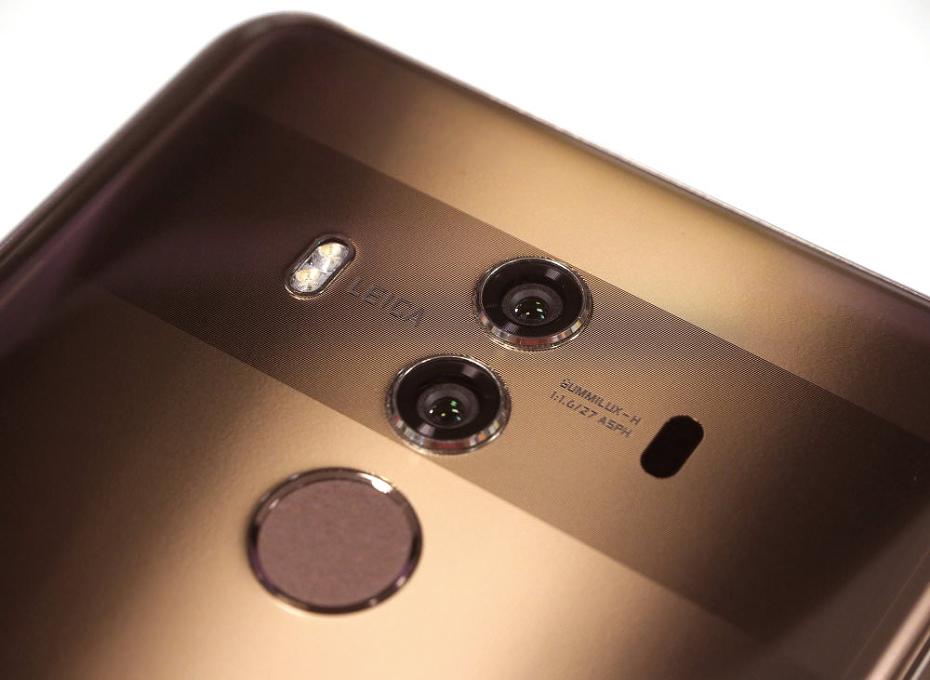
The Huawei Mate 10 Pro is a large smartphone, thanks to a 6inch screen, and is designed to go head-to-head with other large smartphones, such as the Samsung Galaxy Note 8 (with 6.3inch screen and dual camera), Google Pixel 2 XL (with 6inch screen), and LG V30 (with 6inch screen and dual camera).
Huawei is listed as one of the top 10 technology companies on Wikipedia, making not just smartphones, but also network devices, and processors, with more revenue than Sony, as well as a higher number of employees. They have also reached 2nd and 3rd place in the mobile phone market, after Samsung.
The Huawei Mate 10 Pro dual camera is set up with a 12mp f/1.6 colour camera, and a 20mp f/1.6 black and white camera, both lenses equivalent to 27mm in 35mm terms. The main 12mp colour camera features optical image stabilisation, and there is prominent Leica branding next to the cameras on the back, as well as a Dual LED flash. The camera can record 4K (UHD) video, as well as high-speed video at 120fps at FullHD resolution.
Real-Time recognition - Huawei says the camera has been programmed to learn different scenes, and after analysing 100 million images, they can now automatically recognises 13 different scenes including Portrait, Flower, Plant, Low-light, Dog, Cat, Food, Blue sky, Nightscape, Sunset/Sunrise, Text, Beach, and Snow. The phone will then adjust colour, contrast, brightness, exposure, noise reduction and image sharpening to suit the scene.
AI-Powered Bokeh effect - "Powered by AI to ‘learn’ from our data cache of portrait images, the HUAWEI Mate 10 Pro can seamlessly evoke a professional bokeh effect by shifting the focal point onto the subject of the photograph, for picture-perfect portraits and selfies."
The photography app gives you manual controls, and you can shoot raw images as well. There are numerous shooting modes available including Photo, Monochrome, Video, HDR, 3D panorama, Panorama, Night shot, Light Painting, Time-lapse, Slow-mo, Filter, Watermark, Document scan, and Good Food. You can download additional modes as they become available.
Underneath the cameras, you'll find the fingerprint sensor (which is on the front of the Mate 10), which can be used to unlock the smartphone.
The 6inch OLED screen is an 18:9 display, with a 2160x1080 resolution, with HDR support, and minimal bezel on the left and right. The screen shows 16.7m colours and gives 112% NTSC colour saturation.
The phone is waterproof (IP67 rated) to 1m for 30 minutes, and features a glass front and back, so a case is recommended.
The phone features Huawei's fastest processor, the Kirin 970, with an 8-core CPU (Central Processing Unit), 12-core GPU (Graphics Processing Unit), as well as an NPU (Neural-Network Processing Unit). It's this last part, that the smartphone uses to give the camera "AI" or "Artificial Intelligence".
In fact, Huawei says they use AI for a number of camera features, including:
- AI real-time objects and scene recognition (as detailed above)
- AI-powered image resolution enhancement
- AI-powered bokeh
- AI selfie and AI-powered digital zoom
- AI motion detection
You can connect the smartphone to a larger external screen, for a "full desktop experience" connecting a mouse and keyboard to your smartphone as well.
The Mate 10 Pro is available with 4GB RAM + 64GB ROM, or 6GB RAM + 128GB ROM. Battery life is provided by a 4000mAh battery, with smart power management, and fast charging. The phone uses USB Type C, there is no headphone socket, instead providing an adapter in the box, as well as USB Type C earphones.

Key Features
- Dual camera, 12mp RGB BSI CMOS sensor, 20mp monochrome
- Leica f/1.6 lens (OIS on colour)
- 4-in-1 Hybrid Focus, Laser, Depth, Contrast, Phase-detection
- 15-16fps continuous shooting speed
- 2x Huawei Hybrid Zoom
- 6inch FullHD+ 2160x1080 OLED HDR screen, 18:9 ratio, NTSC 112%
- Gorilla Glass Front, Scratch resistant back
- Dual Camera ISP
- Dual LED Flash
- IP67 waterproof rating, 1m for 30 minutes
- 4K UHD video recording
- FullHD video at 60fps
- High-speed FullHD video at 120fps
- ISO50 to ISO3200
- Wide-aperture mode (blurred background)
- 6GB RAM, 128GB ROM
- 4000mAh battery
- Android 8.0 (Oreo)
- Available in a range of colours
Huawei Mate 10 Pro Handling
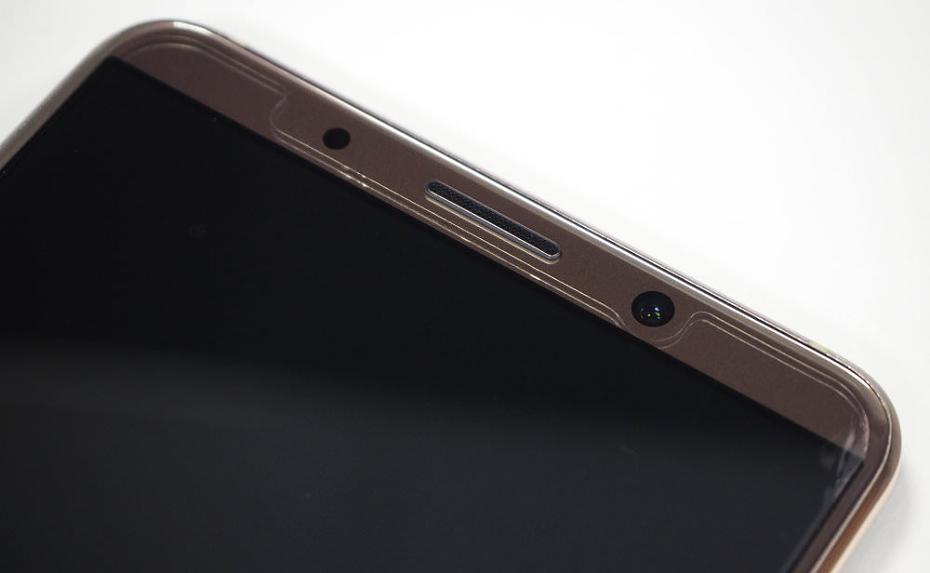
The smartphone feels solidly built, although you will most likely want a screen protector and case to protect the glass on the front and back of the smartphone. The metal sides and buttons give a premium feel, adding to the solid design of the smartphone.
The fingerprint sensor is nicely recessed so that you can easily find it with your finger when needed, and the phone unlocks very quickly. There is no physical home button, as the screen uses most of the front, and the main buttons, such as the home button is on-screen, reducing the usable screen area.
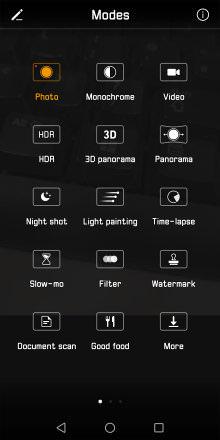 |
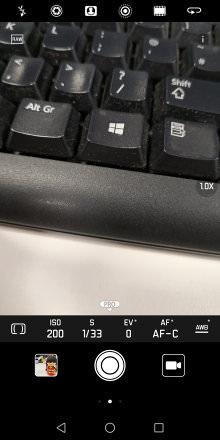 |
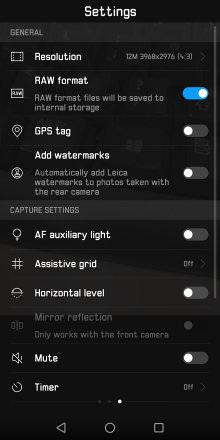 |
| Camera Shooting Modes | Pro Mode | Camera Settings |
In the camera app, you can swipe from left to right to access the shooting modes, from right to left, to access advanced settings. At the bottom, you can switch between playback, photo and video modes, and the middle button is the shutter release button. Pull up to access the "Pro" mode, where you can change camera settings.
At the top of the screen, there are shortcuts to flash, wide-aperture (bokeh), portrait, moving picture, colour (standard, vivid, smooth colours), and a shortcut to switch between the front and rear cameras. Pinching the screen lets you use the hybrid zoom. You can use the screen to set the focus position, as well as adjust exposure.
You can quickly get to the camera by double pressing the down volume button. Once in the camera app, you can also use this button to take photos.
The nice thing about all of the "AI" technology in the phone, is that you don't really need to think about it when shooting. You simply use the camera, and features on offer, as and when you need them, without having to worry about it.
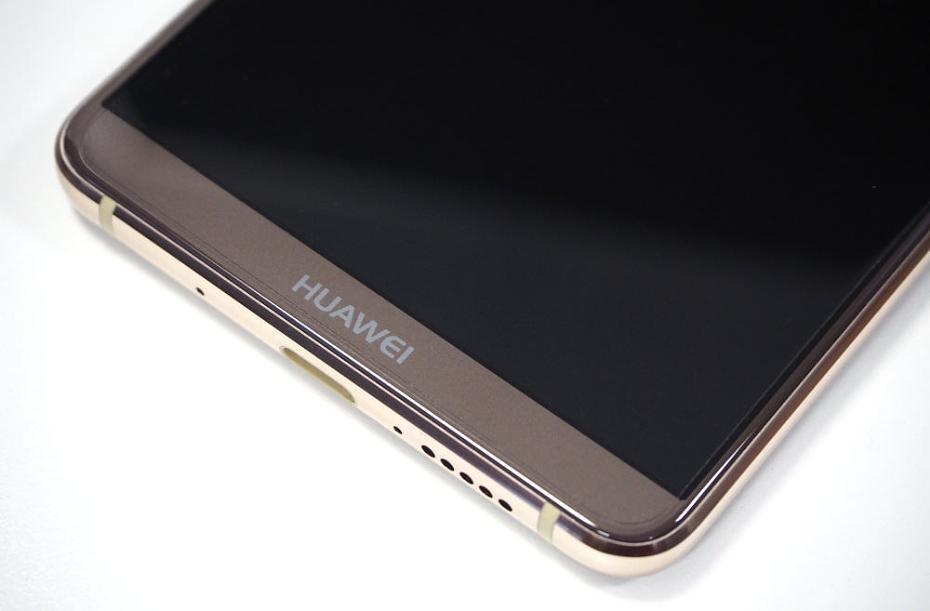
The screen looks good, and is bright, making it good outdoors, although occasionally slightly "cool" in colour compared to some other smartphones - this can be adjusted using the "Eye comfort" setting, which gives the screen a warmer tone. Viewing angles are very good until you point the phone away from yourself.
We ran a number of benchmarks to see how the Huawei Mate 10 Pro compared to some other premium smartphones:
AnTuTu: 174783 score.
Geekbench: 1881 (single core) 6674 (multi-core).
The AnTuTu score is the highest we've recorded, beating both the HTC U11, and Samsung Galaxy S8, but not by a massive amount. The phone feels quick in use, and the camera is responsive with both fast focus speeds and shutter response. If you hold the on-screen shutter release button, then you can shoot at roughly 15fps, for up to 100 shots.
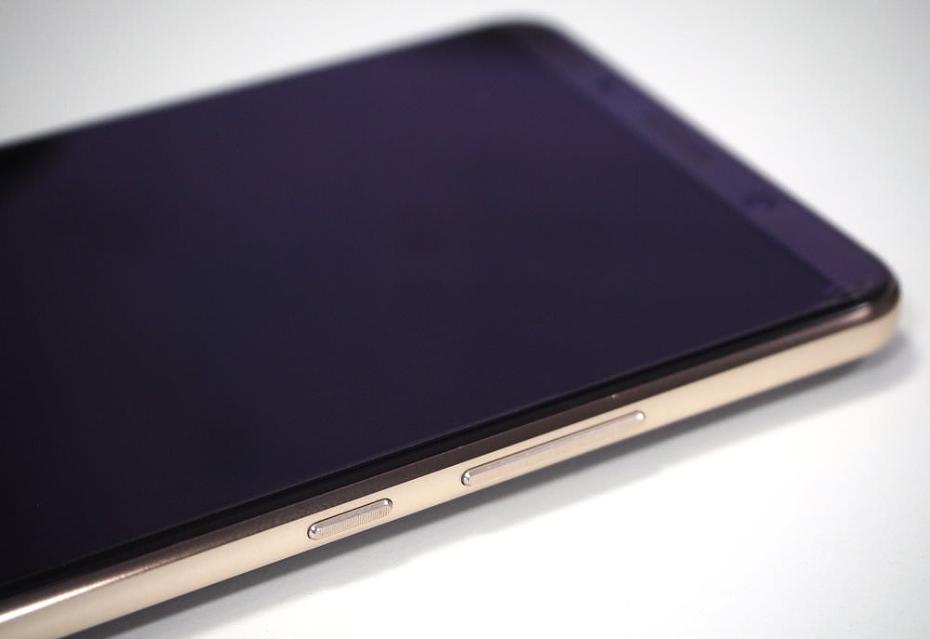
Battery life - Battery life is good, with the smartphone featuring an impressive 4000mAh battery. Battery management means this should last a good length of time. As the battery is non-removable, you will need to use an external charger, if you run out of power on the move.
Huawei Mate 10 Pro Performance
The performance section is where we look at the image quality performance of the camera. Additional sample photos and product shots are available in the Equipment Database, where you can add your own review, photos and product ratings.
Huawei Mate 10 Pro Sample Photos
Sample Photos - Photos from the camera have bright saturated colours, and exposure is reliable. The background blur / wide-aperture mode can produce some reasonable results, although they don't quite match a camera with a larger sensor. When using the portrait mode you can adjust the "Beauty level" as well as switch "Artistic Bokeh" on and off. The dual LED flash performs well, as long as your subject isn't too far away from the camera.
Huawei Mate 10 Pro Lens test images
Lens Performance - Close focus is good, letting you get very close to your subject for a smartphone camera. There is some distortion, but nothing too concerning, and detail is quite good. Raw files are recorded as AdobeDNG files and stored in DCIM/Camera/RAW. There are minimal signs of vignetting, and images taken in good light show low levels of noise. Focus is generally quick and reliable, although sometimes struggled in low-light. The selfie camera has a fixed focus lens, which means you can't get too close to it as you won't be in focus. The selfie camera can use the screen as a flash if it's dark enough.
Huawei Mate 10 Pro ISO test images
ISO Noise Performance - Noise performance is good up until ISO1600, where noise becomes more visible, and colour saturation drops. Shooting with the black and white camera, results are quite good even at the highest ISO speeds of ISO1600 and ISO3200, making it a good option in low-light conditions.
Huawei Mate 10 Pro White-balance test images
White Balance Performance - Auto White Balance (AWB) performs well under a variety of shooting conditions, whether tungsten, fluorescent or mixed lighting. For most situations, you shouldn't need to use any of the presets, and the fluorescent preset gave a yellow colour cast. You can set the white balance manually, with the camera letting you set the Kelvin (K) from 2800K to 7000K.
Huawei Mate 10 Pro Digital filters
Digital Filters - There are 8 different filters built-in to the camera app, and you can adjust the strength of the filter before shooting.

Panoramic
Panorama mode - The camera features an automatic panoramic mode, where you simply press the shutter release button and pan the camera from one side to the other. Results are good and well stitched together, although we noticed some ghosting in the image above.
Video - The camera will record 4K UHD video at 30fps (20mbps), FullHD video at 60fps, and FullHD video at 120fps (slow-mo). If you want to switch on electronic image stabilisation, then you need to record at a reduced resolution and frame rate, of FullHD and 30fps. Video quality is good, although the compression is quite strong.

Value For Money
The Huawei Mate 10 Pro will be available for £699 sim-free with 128GB, which makes it quite good value for money in this range of larger premium smartphones. The Mate 10 Pro goes on sale in the UK on the 17th November. Alternatives include the following:
Samsung Galaxy Note 8, 6.3inch screen, dual 12mp camera, wide and telephoto, £869.
Samsung Galaxy S8+, 6.2inch screen, 12mp f/1.7 camera, £779.
Google Pixel 2 XL, 6inch screen, 12mp f/1.8 camera, £799.
LG V30, 6inch screen, dual camera, 16mp wide-angle and 13mp ultra-wide-angle, £799.
iPhone X, 5.8inch screen, dual 12mp cameras, wide and telephoto, £999.
Samsung Galaxy S8, 5.8inch screen, 12mp f/1.7 camera, £669.
Have a look at more smartphones in our Top 10 Best Smartphones for Photography or have a look at the Best Smartphones under £300 for Photography for more options. You'll also need to buy a memory card and a case or bag to keep your camera safe and protected - have a look at our complete guide to camera bags.
The Huawei Mate 10 Pro offers a large 6inch 18:9 screen, with minimal surrounding bezels, which makes it great for watching videos, browsing the web, and viewing photos. With an 18:9 screen, the Mate 10 Pro is actually smaller than a normal 5.5inch screen smartphone, such as the iPhone 8 Plus, and Sony Xperia XZ Premium.
If you're looking for a large smartphone, with an emphasis on the camera(s) included, then the Mate 10 Pro, with dual Leica f/1.6 cameras certainly offers a complete package. The second 20mp black and white camera offers sharp detailed images and is a great choice for creative shots. There's plenty of manual controls available, as well as the option to shoot raw. Whilst some of the effects available, such as wide-aperture and bokeh blur, don't quite match what's possible with a larger sensor camera, the camera can produce good-looking shots.
The phone offers the latest version of Android, plus an impressively large battery. The only consideration is whether you want a dual camera smartphone to feature a wide-angle, telephoto, or black and white second camera - if you don't want the black and white camera, then the other options available are all more expensive than the Mate 10 Pro, making the Mate 10 Pro very good value for money.
|
The Huawei Mate 10 Pro offers bright Leica f/1.6 lenses, a great mono camera, and multiple shooting options. |
